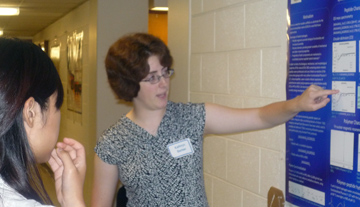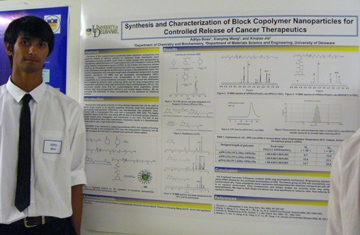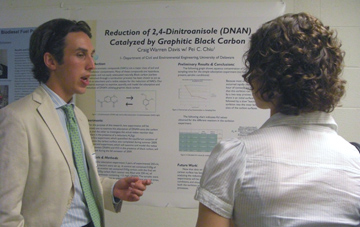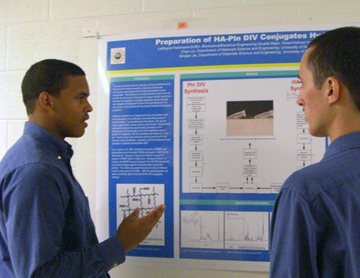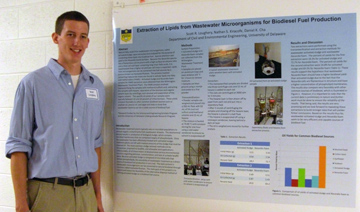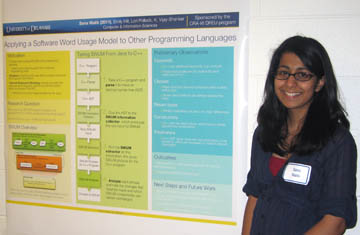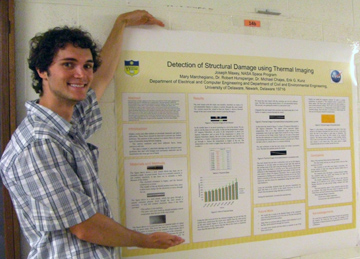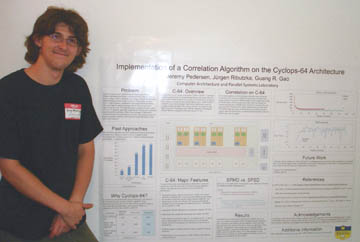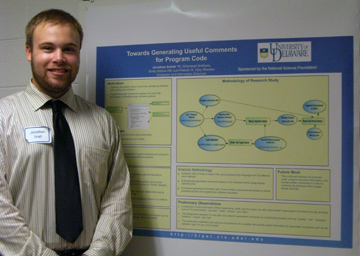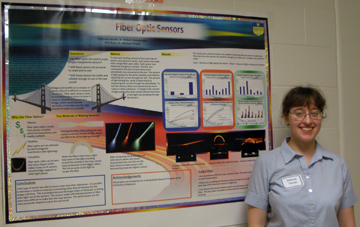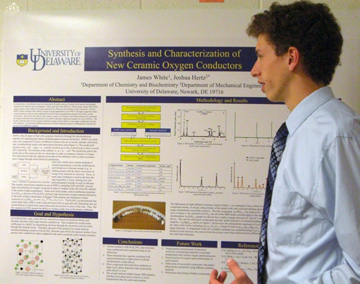| Baldwin |
Davis, C | Loughery | Shall |
| Barber | Enslen |
Malik | Varnell |
| Bose | Habimana-Griffin | Maxey | White |
| Cobb | Hopkins | Pedersen |
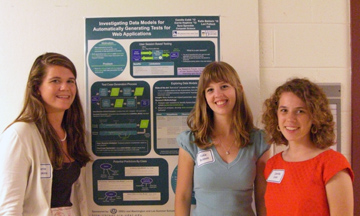 Investigating Data Models for Automatically Generating Tests for Web Applications Katie Baldwin1, Camille Cobb2, Carrie Hopkins2, Sara Sprenkle2, and Lori Pollock1 1University of Delaware, 2Washington and Lee University Web applications must be
dependable as the number and popularity of web applications increases,
and people become more dependent on them. Web applications are
difficult and expensive to test because of the large input space and
frequent changes. Thus, their characteristics demand an efficient
and effective way of automating the test case generation process.
Current approaches to automatic test case generation for web
applications do not attain all the goals of representing user behavior,
maintaining good code coverage, and reducing the number of test
cases. This research is based on Sant et al.’s user-session-based
test case generation approach, which applies statistical language
learning algorithms to create control and data models, where a control
model represents the possible URL sequences and the data model
represents the possible parameter values. Through analyzing user
sessions, we identify factors that impact values in user sessions, and
use these results to develop a set of data models for automatic test
case generation. This research is sponsored by the CRA-W.
|
